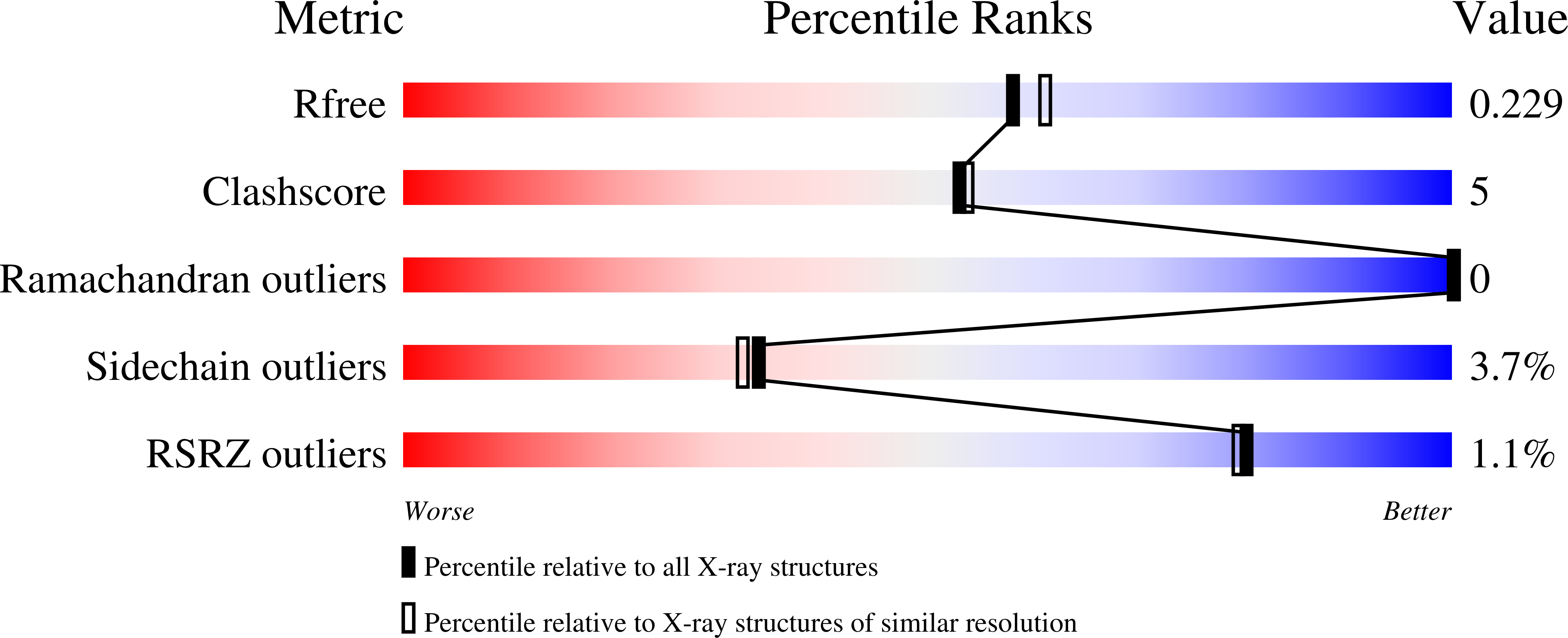
Deposition Date
2008-07-15
Release Date
2008-08-05
Last Version Date
2024-10-30
Entry Detail
PDB ID:
3DTM
Keywords:
Title:
Increased folding stability of TEM-1 beta-lactamase by in-vitro selection
Biological Source:
Source Organism:
Escherichia coli (Taxon ID: 469008)
Host Organism:
Method Details:
Experimental Method:
Resolution:
2.00 Å
R-Value Free:
0.27
R-Value Work:
0.21
R-Value Observed:
0.21
Space Group:
P 21 21 21


